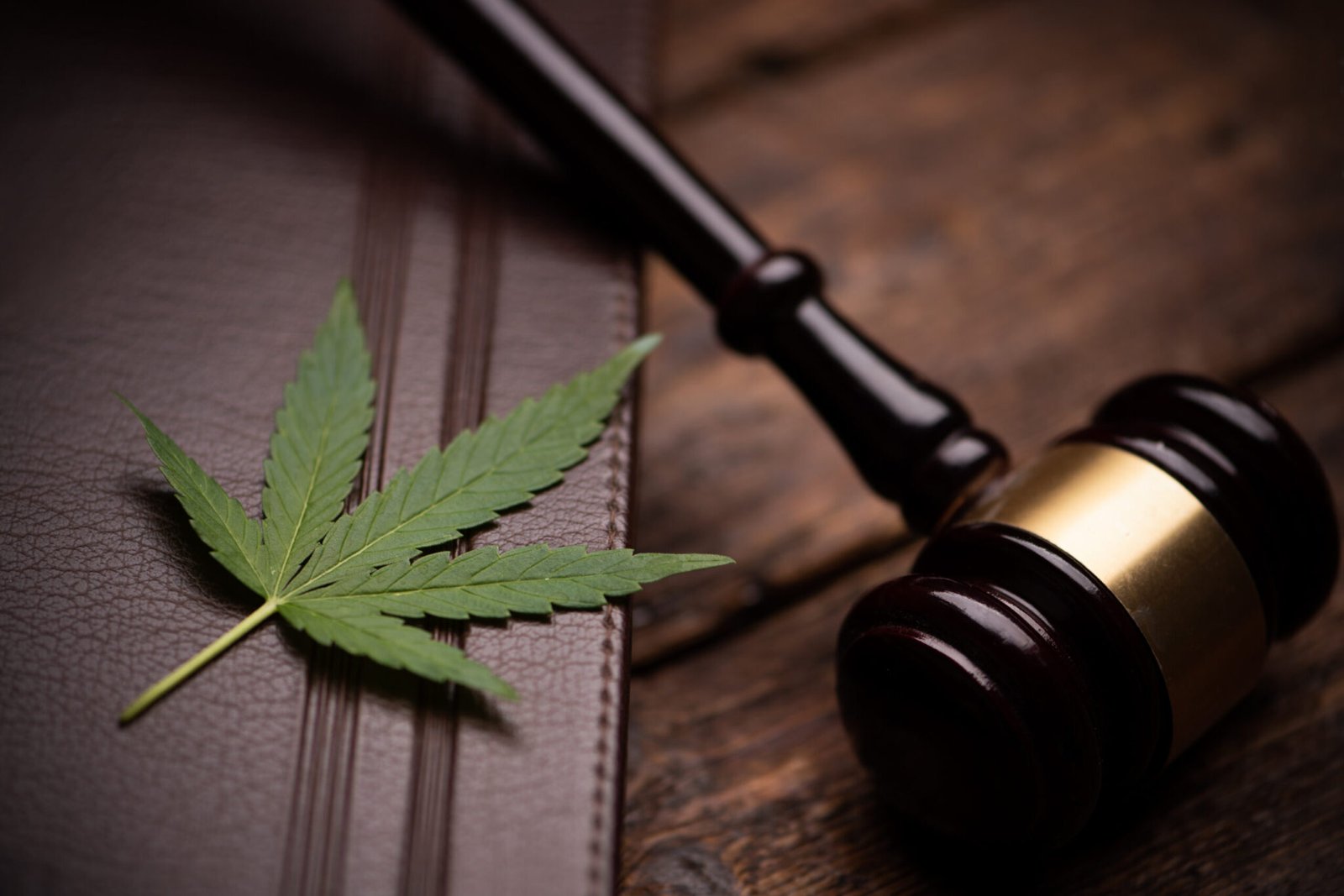The Andhra Pradesh High Court has clarified that seeds and leaves of the cannabis plant do not fall within the legal definition of “ganja” under the Narcotic Drugs and Psychotropic Substances (NDPS) Act, 1985. Justice K. Sreenivasa Reddy, presiding over the single-judge bench, held that only the flowering or fruiting tops of the cannabis plant are criminalised under the Act.
The judgment came while hearing a bail plea for two individuals arrested for possessing what was initially alleged to be ganja. The court noted that the NDPS Act, under Section 2(iii)(b), explicitly excludes the seeds and leaves from the definition of ganja if they are not accompanied by the flowering or fruiting tops.
Seizure Lacked Prohibited Plant Parts, Says Court
The case involved the seizure of 1.5 kilograms of cannabis plant material, allegedly leading to the arrest of the two petitioners. However, during the proceedings, the petitioners’ counsel argued that the seized substance consisted only of seeds and leaves, not the intoxicating flowering tops that are prohibited by law.
Accepting this argument, the court observed that no material evidence showed the presence of flowering or fruiting tops in the seized substance. Citing previous judicial interpretations and legislative intent, the High Court found that the arrest and charges did not attract the penal provisions of the NDPS Act.
Consequently, the court granted bail to the accused, observing that continued detention was unwarranted in the absence of the legally defined contraband.
Wider Implications for Law Enforcement and Pending Cases
This decision is expected to significantly influence narcotics-related enforcement across India, especially in cases where individuals have been arrested based solely on possession of non-intoxicating parts of the cannabis plant. With many such cases pending trial, the ruling reinforces the necessity for precise identification of contraband in compliance with the NDPS Act.
The NDPS Act provides a detailed framework for the regulation and prohibition of narcotic drugs and psychotropic substances in India. Section 2(iii)(b) specifically defines ganja as “the flowering or fruiting tops of the cannabis plant (excluding the seeds and leaves when not accompanied by the tops).”
Justice Reddy’s interpretation reinforces the legislative intent to prohibit only the intoxicating parts of the cannabis plant, while offering legal clarity and protection to individuals against wrongful prosecution based on ambiguous or improper seizures.


